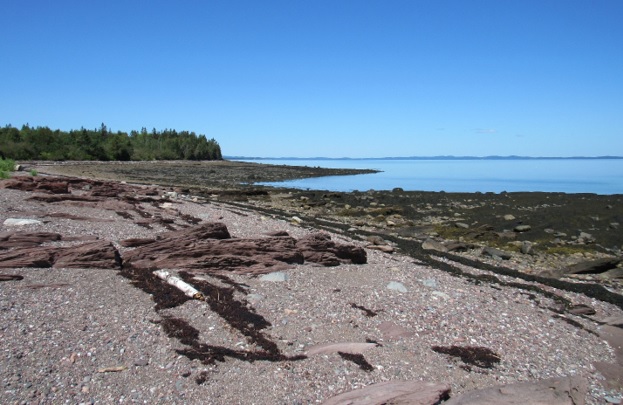
Compensatory Mitigation
The Clean Water Act (CWA) prohibits the discharge of dredged or fill material into “waters of the United States” unless a permit issued by the Army Corps of Engineers, a state (approved under Section 404(g) of the CWA), or a tribe (recognized by the EPA to be treated in a similar manner as a state (TAS)), authorizes such a discharge. For every authorized discharge, any adverse impacts to wetlands, streams and other aquatic resources must be avoided and/or minimized to the extent practicable. For unavoidable impacts, compensatory mitigation (in the form of restoration, establishment, enhancement, or in certain circumstances, preservation) is required to replace the loss of wetland, stream and aquatic resource functions in the watershed. Thus, compensatory mitigation is an important part of a complex regulatory framework that includes Section 404 of the Clean Water Act, Section 404(b)(1) guidelines, the 401 Water Certification Program, the River and Harbor Act of 1899, and other federal laws including the Endangered Species Act. The three mechanisms that may be used for compensatory mitigation include mitigation banks, in-lieu fee programs, and permittee responsible mitigation. For more information, click here.
